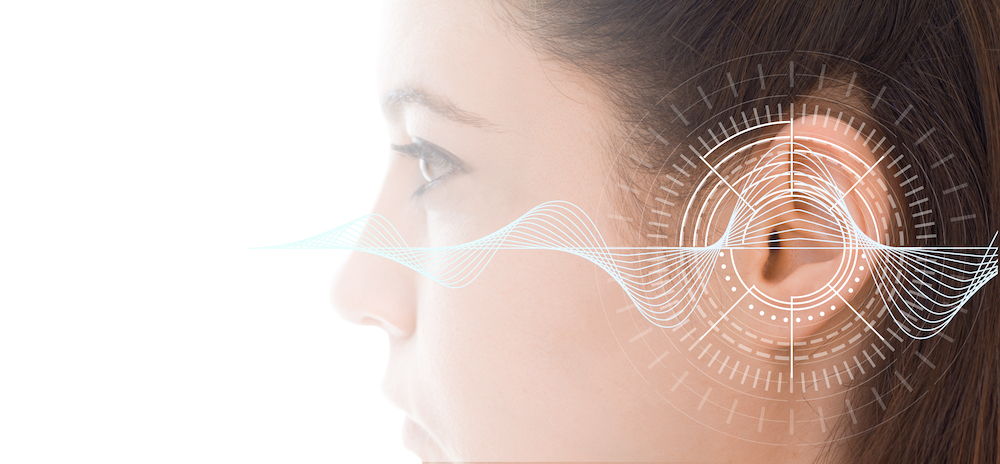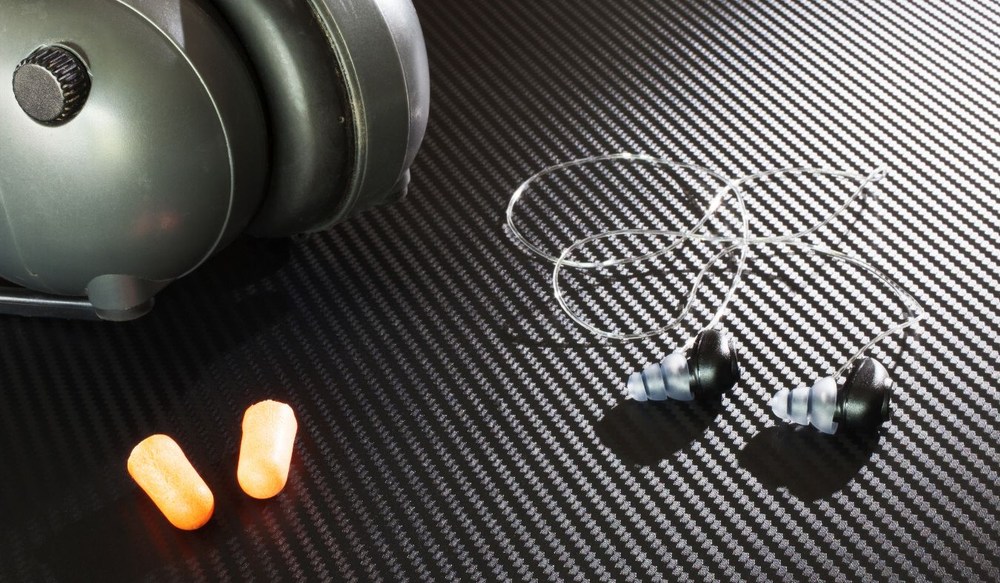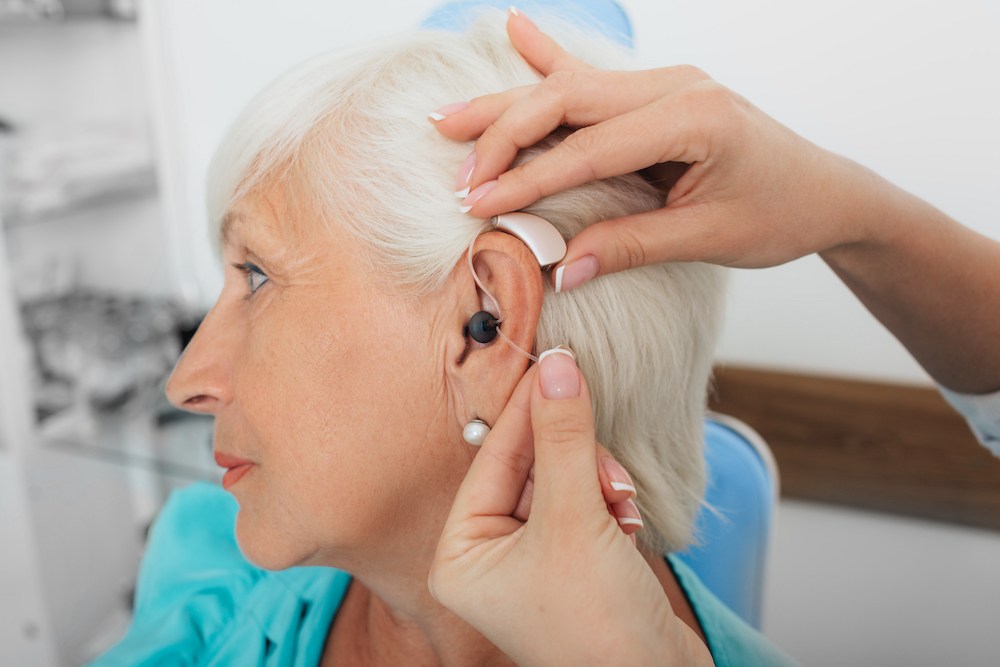The Importance of Follow-Up Care in Hearing Health
Getting hearing aids or starting treatment for hearing issues isn’t


Getting hearing aids or starting treatment for hearing issues isn’t

We encounter loud sounds more often than most people realize, from lawn

The hearing aids available today look and feel dramatically different from